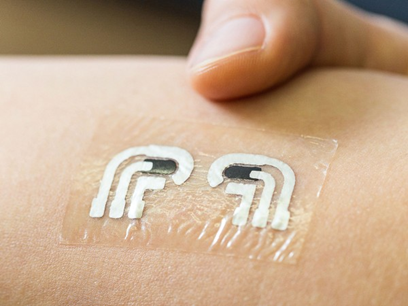Mission Statement

Biophotonics has been identified by the U.S. National Academy of Sciences (NAS) as a critical area that should be considered a high national priority (see NAS 2012 report: Optics and Photonics: Essential Technologies for our Nation). In addition, the White House has announced a competition to establish a National Center for Photonics. More recently, the President announced a national priority in “precision medicine,” an area where biophotonic technologies will play a key role. Thus, an internal (within the campus) establishment of a center/program that focuses on biophotonics seems appropriate. UCSD already has a strong representation of faculty from several departments whose research embodies the use or study of photons and their interaction with biological systems. These interests and applications extend from the basic science of molecular imaging and biophysics of photon interaction with cells and tissue to the clinical realm of drug delivery, non-invasive diagnostics, and therapy. The combination of these sub-disciplines into a focus area in the IEM will provide a strong interface of engineering and medicine that would attract students, top faculty, and funding. The result will be a unique and high-caliber focus that would further distinguish the IEM and UCSD nationally and internationally.
The primary focus of the Biophotonics Technology Center (BTC) is to foster research collaboration amongst its members, as well with non-member faculty who collaborate with a BTC member. The translation to the private sector of discoveries made by members of the BTC is also a major objective. Several mechanisms are used to achieve these goals.
First, the BTC will provide funding for innovative pilot projects that are too early to garner funding from conventional venues (government, foundations, industry, etc.). These “spark” awards will be in the range of $50K-100K/year direct costs for one or two years. It is anticipated that 2-4 awards can be made each year. The funds can be used for graduate student and postdoctoral fellow support, but not for faculty salaries. The type of projects funded will generally deal with mechanisms of photon interaction with biological systems, the use of photons to manipulate cells and or tissues, and the application of photons in clinical diagnostic or therapeutic systems.
Second, to foster collaboration and interchange, there will be an annual one-day symposium devoted to oral presentations in the field of biophotonics. The speakers will be a mix of internal (UCSD) and external presenters from industry and other San Diego area research institutions. The intention of the symposium is to foster collaboration.
Third, mechanisms to foster collaboration will unfold with the success of the BTC program and will be in the form of either program project grants, IGERT awards, or grants from agencies where multidisciplinary collaboration is emphasized.
In summary, the formation of a Biophotonics Technology Center under the umbrella of the Institute for Engineering in Medicine (IEM) will establish a campus focus that matches a national priority, foster collaboration between faculty, faculty and the surrounding private sector, attract top students and post-docs, and eventually garner funds from other sources (government, foundations, industry, and donors).
